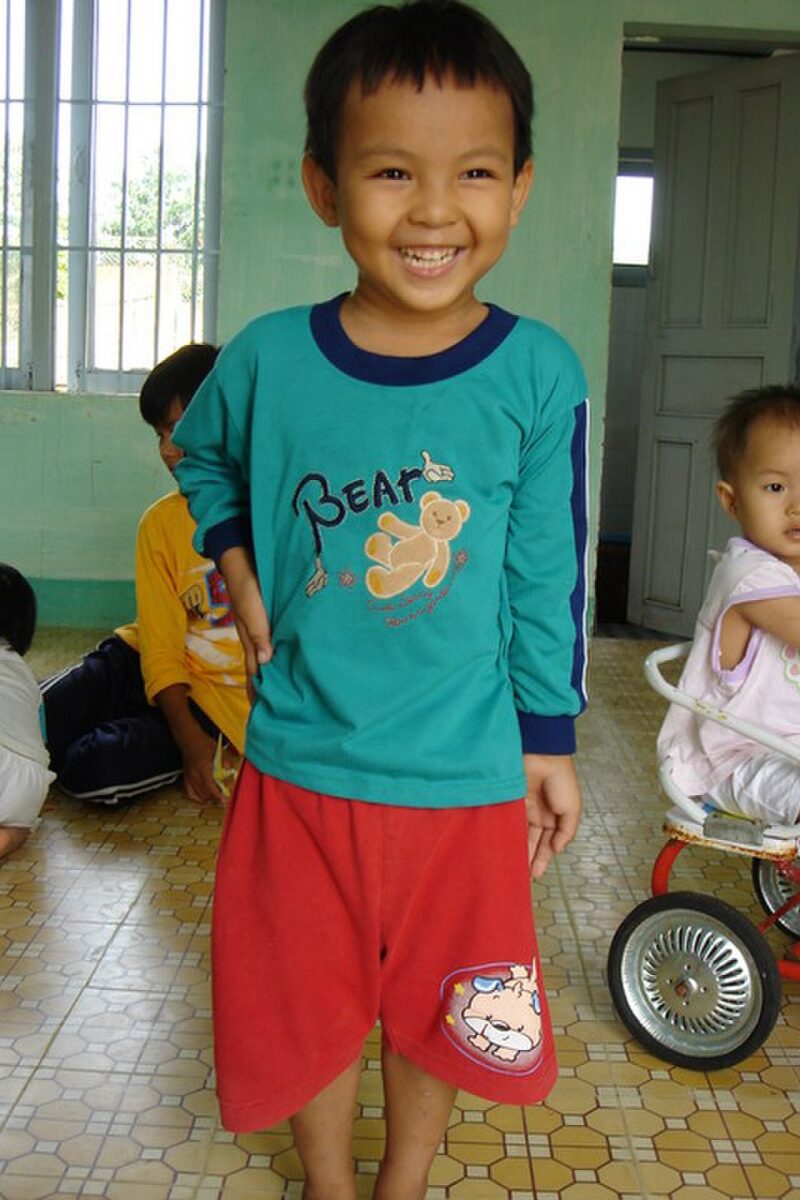Originally written for the Fall 2008 Westat Health Studies Newsletter
On Christmas Eve of the year 2000, my wife and I flew to South Korea to bring home our adopted son Aidan. In the eight years since, that five-month-old baby has grown into a vivacious third-grader. When we decided to adopt again, we felt strongly that a child just a year or two younger than Aidan would be the perfect addition to our family.
Adopting an older child is a very different from adopting a baby. Eight years ago, we chose an adoption agency that had strong ties with a Korean care center, and the entire process was smooth and relatively quick: nine months (!) from start to homecoming. The care center matched us with a baby who was living with a foster family, and we have been Aidan’s parents for nearly his entire life.
Children who are not adopted as babies, however, face a much lower chance of ever finding a family. Typically they have a medical condition that ranges from mild to serious or other developmental issues. Instead of working with a particular country’s program, we received a roster of “waiting children” from our adoption agency. This heart-rending document listed about 50 children, from babies to teenagers, who faced life in orphanages around the world.
One child immediately caught our attention. Thông van Mai was exactly one year younger than Aidan and was from Vietnam. We agreed that another Asian face in the family would be good for both children’s self-esteem. Thông was described as a bright child who liked to draw and who had even learned some English! He had one surgery shortly after birth for a congenital condition and would likely need more, but his day-to-day activity was normal. And his picture spoke more eloquently than any description.
We attended a workshop on adopting older children. Often, any medical issues pale beside the emotional and developmental difficulties. Orphanages typically cannot provide the intimacy and personal interaction needed for a child to form close attachments. As we waded through a year’s worth of paperwork—all documents signed, notarized, and certified by the state and sometimes the federal government in triplicate—we tried to learn enough Vietnamese to enable basic communication. Nguoi dan ông: a man. Nguoi dan ba: a woman. Em trai: a young boy. Anh: older brother. Ba: father. Mẹ: mother.
During the 21-hour plane flight to Ho Chi Minh City, the unanswerable questions gathered like storm clouds. How would Thông react to life in a strange country, torn from all he had known for seven years? Physically he was closer to four or five than seven; what was his mental and emotional development? Could he accept us as parents?
The first morning in Vietnam we drove four hours from Ho Chi Minh City to Binh Thuan province, to the Tan Tan Orphanage and Thông. We had sent a small photo album of our family, but we didn’t know how much he had been told of his imminent upheaval.
“There he is!” our social worker and translator said. Someone running toward us. And smiling, that beautiful smile. “Ba!” he called out. “Mẹ!” His arms encircled us, and we hugged our new son back.

